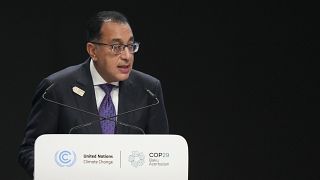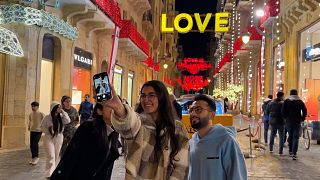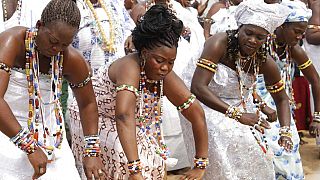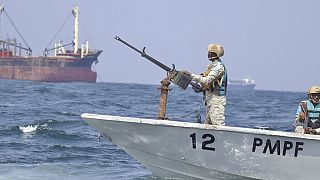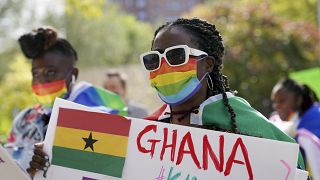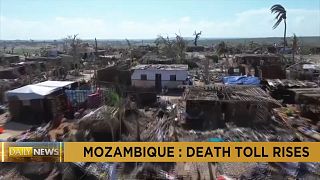Krachi west district has been identified as a major transit point for child trafficking and child labour.
This became known during a study tour by the centre for human rights, conflict, and peace studies at the University of Education Winneba in the district.
Peter Quao Adattor who was with the study group reports, seven child labourers were rescued within a spate of two hours on the lake.
Human trafficking is a global problem affecting millions of people and many countries. In Ghana, the internal trafficking of children into hazardous labour is a major challenge. Many Ghanaian children are trafficked from their home villages to work in the fishing industry. Fishers desperate to sustain their income exploit these kids living in meager conditions and working long hours.
However, statistics on the number of children in what many referred to as modern-day slavery remained scanty and often debatable. A recent an assessment conducted by the international justice mission, IJM, found that 57.6 percent of children working on southern lake Volta’s waters were trafficked into the forced labour. The report further identified the majority of the lake child labourers as too young to legally conduct the hazardous tasks inherent in many aspects of the fishing industry.
At least one out of five of children identified in the lake fishing was six years old or younger according to the report. A recent documentary produced by CNN on the lake further corroborated this assertion.
However, these reports were met with mixed reaction, especially from policymakers. The development prompted the centre for human rights, conflict, and peace, at the University of Education, Winneba, into a fact finding the mission at Kete-Krachi, where the practices is reportedly rife. The university study team encountered a number of children in hazardous labour within two hours of cruising on the lake.
Some of the child labourers, aged between 8 and 12 years, were working without supervision whilst others appeared severely malnourished.
This prompted the group, with support from PACODEP, a local NGO, to rescue seven of those encountered between 7.00am and 9.00am.
But this was not without a struggle. All the children we encountered together with their masters put up fierce resistance. They claimed to be attending school but could not explain why they were found on the lake engaged in fishing activities on a Friday morning. This particular one went on his knees crying and begging the team not to remove him from the condition.
The team proceeded to Ogetse, one of the island communities where three of the seven rescued children came from. There is a basic school with an acceptable number of teachers. However, most parents prioritize fishing ahead of their ward’s education.
The statistics from the Krachi west district, social works is staggering requiring pragmatic action.
Human right watchers say Ghana may not attain most of the sustainable development goals if pragmatic steps are not taken to address the wide spread of child trafficking and child labour.
This exploitative act, unless checked and eliminated, attaining SDGs 1, 2, 3, 4, and 8, that seeks to ensure no poverty, no hunger, good health, quality education as well as good jobs and economic growth will continue to elude the country.
The rescued children are currently at the village of life, a caregiving home and educational facility for rescued child labourers, beginning a new life journey with 98 other inmates.




